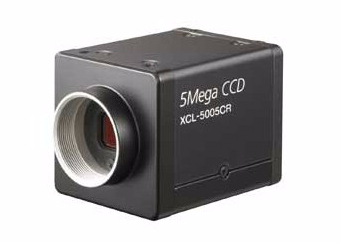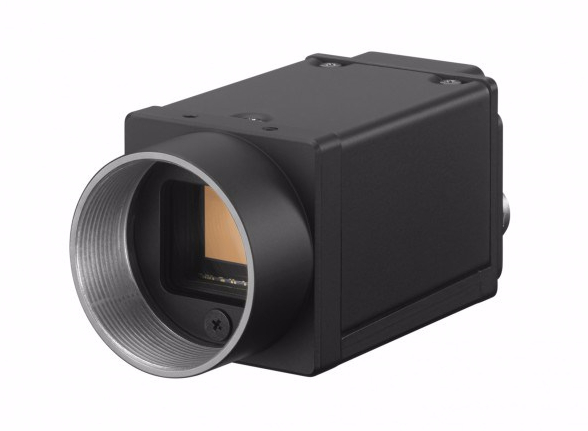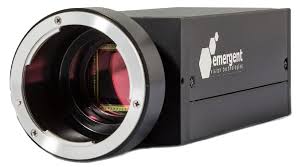Best Solution
When it comes to choosing the right technology for your imaging applications, GigE Vision interface provides the best solution by yielding excellent support for your imaging devices. It is deliberated under the umbrella of Automated imaging association (AIA) and provides a framework towards aiding high speed video transfers. It is a high-speed protocol standard based on UDP/IP and provides sufficient high speed streaming support for the image data over Ethernet networks and thus doesn’t require any prior communication. The reliable communication as entailed by GigE Vision protocol with cameras and imaging devices is un-matchable all over standard Gigabit Ethernet networks. The logical implementation of this standard interface allows for low cost and easy integration of image processing programs by using software libraries.
Fastest Interface Technology
Unlike other interface technologies, GigE being the transmission protocol standard supports point to multipoint connections for transmitting image data to several computer systems at the same time. This provides the best solution to handle complex processing tasks by splitting the processing among several computers for ensuring least obstruction. Gigabit Ethernet (GigE) interface represents the fastest digital interface in the image processing industry. This digital interface has gradually led to the extinction of analog devices in imaging applications by introducing advancement in cameras embedded with this universal technology. The GigE standard provides high compatibility by not restricting GigE devices to the imaging sources thus enabling easy configuration or processing. In technical terms, the standard comprises of three essential constituents i.e. device discovery, GigE Vision control protocol and GigE Vision streaming protocol. Let us explain their individual functions one by one.
Technical Elements of GigE
This network protocol consists of a device discovery element that allows the users to discover devices or cameras in a sub network. This digital interface provides additional functionality by which cameras can be traced via DNS, while applications can access such cameras via DNS-SD. While, the GigE Vision control protocol (GVCP) provides camera control on register basis by writing and reading out individual data blocks. Each register or data block encloses multiple features which are accessed and feedback packages are sent for ensuring control package is received by the camera. It also defines the back channel which allows the camera to send messages to the applications i.e. exposure errors etc. The GigE Vision Streaming Protocol (GVSP) is another integral part of this interface standard, which is used for streaming compressed and non-compressed streams of data. It splits the image into several packages before it can be transmitted and reassembles these packages when the image is being delivered. Hence, this interface is the most flexible technological interface of its kind for displaying maximum bandwidth, multi camera functions and long distance reach thus making it the most effective choice for your imaging needs.
Get to know more about this standard here.








 Among the high-performance sensors, the addition of industry first
Among the high-performance sensors, the addition of industry first 

